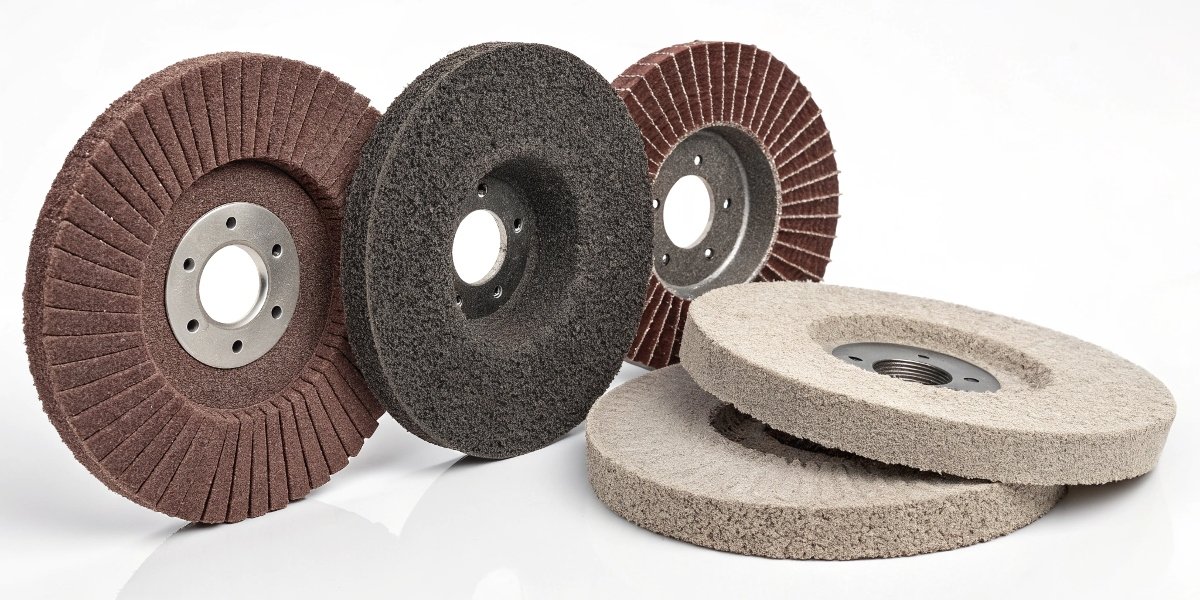
Grinding soft materials and getting constant clogging? This ruins workpieces and slows down production. Open structured grinding wheels are designed specifically to prevent this common, costly problem.
An open structured grinding wheel has a porous design with larger gaps between abrasive grains. This structure allows for better coolant flow and chip removal, preventing clogging and reducing heat during grinding. It significantly improves efficiency, especially on softer materials that tend to load up standard wheels.
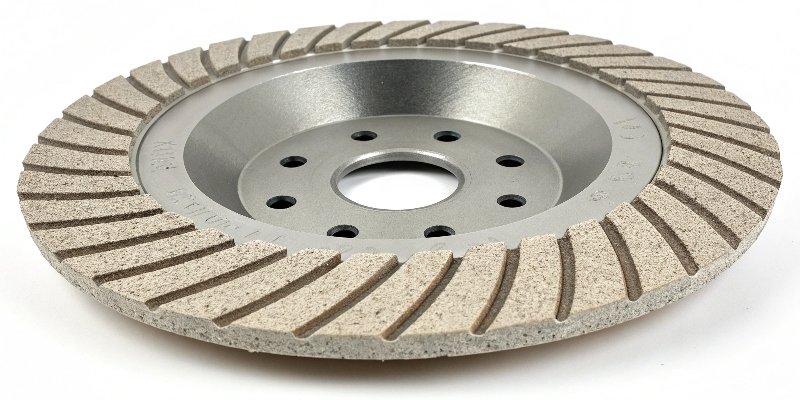
Understanding this basic definition is the first step. But the real value comes from knowing how these wheels can directly impact your production line and bottom line. I’ve spent years in our factory here in Henan, perfecting these tools, and I see the difference they make every day. Let’s explore the specific benefits you can expect and why this structure is so effective.
What are the benefits of an open structure grinding wheel?
Tired of scrapping parts due to thermal damage and burn marks? These production issues directly eat into your profits. The benefits of an open structure wheel can drastically reduce these problems.
Key benefits include reduced grinding temperature, which prevents workpiece burn and deformation. They also have a longer lifespan because they resist clogging and self-sharpen better. This means less wheel dressing, more uptime, and improved surface finish, especially on heat-sensitive or soft materials.
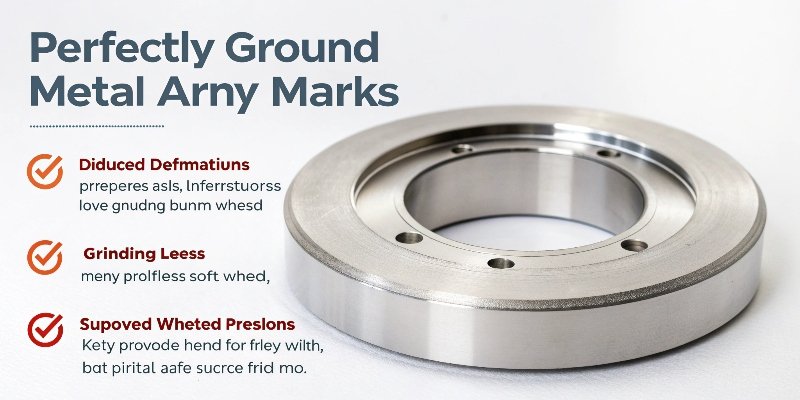
The advantages of these wheels are not just minor improvements; they can transform certain grinding operations1. Here in our Henan factory, we’ve focused on optimizing these benefits for our B2B clients who demand peak performance.
Less Heat, Better Parts
The primary benefit is superior heat dissipation. The open pores act like channels, allowing coolant to flood the grinding zone. This isn’t just about surface cooling; it gets coolant right to the cutting point. The result is a much lower grinding temperature2. For you, this means a massive reduction in thermal damage3, like burn marks or warping. This is especially critical when you’re working with thin-walled parts or materials that are sensitive to heat. You get more dimensionally accurate parts and fewer expensive rejects.
Longer Life and Less Dressing
Clogging, or "loading," is the enemy of any grinding wheel. When the wheel loads up, it stops cutting and starts rubbing, which generates heat and ruins the finish. Open structure wheels fight this naturally. The large pores provide space for chips to escape instead of getting packed in. This means the wheel stays sharp longer and requires far less dressing. I remember talking to a customer who cut their dressing frequency by 70%, which was a huge boost to their production uptime. That’s a direct saving in both time and dressing tool costs.
What is the difference between open and dense structure grinding wheels?
Choosing the wrong wheel means poor results and wasted money. It can be hard to know if you need an open or dense structure wheel. Let’s clarify the key differences.
The main difference is pore space. Open structure wheels have large, interconnected pores for coolant and chip flow, making them soft-acting. Dense structure wheels have minimal pore space for better form holding and finish on hard materials. Think of it as a sponge versus a brick.
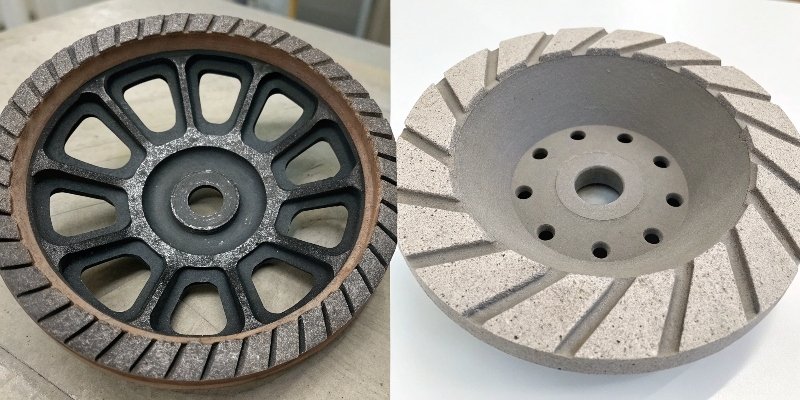
The choice between an open and dense structure wheel really comes down to your specific application. It’s one of the most fundamental decisions in grinding. As a manufacturer, we produce both types under our RL brand because there is no single wheel that does everything perfectly. Both have their place on the factory floor. The key is knowing which place is which. A simple mismatch can lead to either a clogged, useless wheel or a cracked workpiece.
A Tale of Two Structures
The core distinction lies in the wheel’s internal architecture, specifically the volume of the pores between the abrasive grains4. A dense wheel is packed tightly. It’s built for rigidity and holding a precise shape, which is essential for things like tool and cutter grinding or finishing hard steels. An open structure wheel is the opposite. It is intentionally made with more void space. Let’s break it down in a table.
| Feature | Open Structure Wheel | Dense Structure Wheel |
|---|---|---|
| Porosity | High (large pores, 0.7-1.4mm) | Low (small, tight pores) |
| Primary Use | Soft, ductile, gummy materials | Hard, brittle materials |
| Chip Clearance | Excellent | Limited |
| Coolant Flow | Excellent | Restricted |
| Form Holding | Good | Excellent |
| Risk of Loading | Low | High (on soft materials) |
| Typical Use Case | Grinding aluminum, copper, stainless | Finish grinding hardened tool steel |
This table shows the trade-offs. You gain amazing chip clearance with an open structure but sacrifice a bit of the form-holding rigidity you get from a dense wheel.
How do open structure wheels prevent clogging or "loading"?
Is wheel clogging constantly interrupting your workflow? This costly downtime adds up. An open structure wheel is engineered with features that actively resist loading, keeping you running longer.
They prevent clogging in two ways. First, the large pores provide ample space for grinding swarf (chips) to be ejected instead of getting stuck. Second, the excellent coolant flow through these pores flushes away debris before it can build up and load the wheel’s cutting surface.
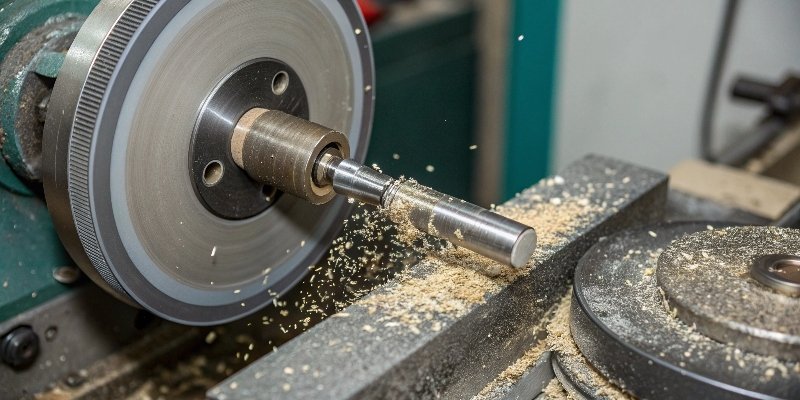
Preventing loading isn’t magic; it’s smart engineering. At our factory, we pay close attention to the pore structure because we know it’s the key to performance on difficult materials. When we design an open structure wheel, we are designing a system to manage waste material efficiently. Let’s look at how that system works.
Ample Room for Debris
Imagine trying to clear a crowded room. If everyone is packed shoulder-to-shoulder, nobody can move. A dense grinding wheel is like that crowded room for grinding chips. The swarf has nowhere to go, so it gets packed into the small spaces between grains, quickly "loading" the wheel. An open structure wheel is like a room with wide, clear aisles. The large, interconnected pores5 provide an easy escape route for the chips. They are thrown from the workpiece and can exit the wheel’s surface without getting trapped. This physical space is the first and most important line of defense against loading.
The Power of Coolant Flushing
The second part of the system is the active cleaning action from the coolant. Because the wheel is so porous, you can get a high volume of coolant flow6ing not just over the wheel, but through its surface layer. This flow acts like a pressure washer, constantly flushing away the fine chips and debris before they have a chance to stick. This combination of space and flushing keeps the abrasive grains exposed and ready to cut, which is why the wheel performs so well for so much longer. It maintains its cutting ability without constant operator intervention.
Which materials are best suited for an open structure grinding wheel?
Are you grinding materials that seem to "gum up" every wheel you try? This frustrating problem can bring your production to a halt. Open structure wheels are the solution.
They are ideal for soft, ductile, or gummy materials that tend to load standard wheels. This includes non-ferrous metals like aluminum and copper, as well as some stainless steels, soft steels, and composites. They also excel on parts that are sensitive to heat and deformation.
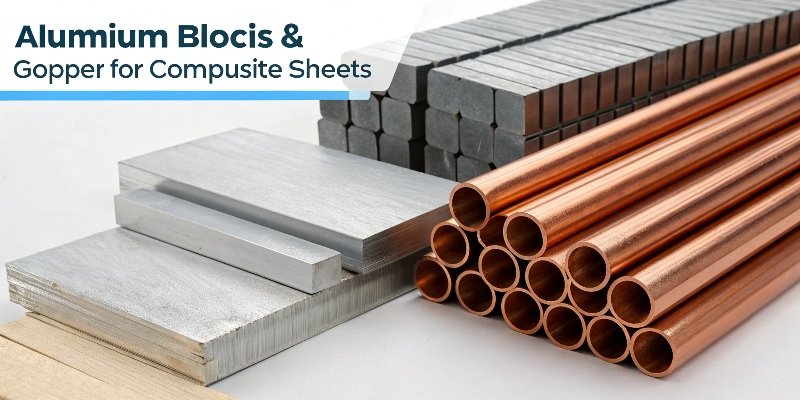
The "best" wheel is always the one that matches the material and the job. Open structure wheels are not universal problem-solvers, but for a specific category of materials, they are absolutely the superior choice. Over my nearly 30 years in this business, I’ve seen firsthand which applications benefit the most. If you work with the following materials, you should seriously consider an open structure wheel.
Soft and Gummy Metals
This is the number one category. Materials like aluminum, copper, brass, and bronze are notorious for loading grinding wheels. They don’t produce a fine, powdery chip like a hard steel. Instead, they create long, sticky, ribbon-like swarf that immediately clogs a dense wheel. The open structure provides the necessary space to eject these difficult chips, allowing for continuous, efficient grinding.
Heat-Sensitive Materials and Geometries
Beyond soft metals, consider the workpiece itself. Are you grinding thin-walled tubing? Or perhaps a long, slender shaft that could easily warp? Any material or part that is prone to heat distortion is a great candidate for an open structure wheel. Because the grinding action is so much cooler, it preserves the geometric integrity of these delicate parts. This extends to materials like composites or even some plastics, which can melt and smear if too much heat is generated. The cool, clean cut is a huge advantage here.
Conclusion
In summary, open structured grinding wheels reduce heat and prevent clogging. They are the ideal choice for soft metals and heat-sensitive parts, boosting both efficiency and part quality.
-
Find best practices to optimize your grinding operations for improved efficiency and quality. ↩
-
Investigate the impact of grinding temperature on workpiece quality and how to manage it effectively. ↩
-
Find effective methods to prevent thermal damage and improve the quality of your workpieces. ↩
-
Learn about the importance of abrasive grains in grinding wheels and their impact on performance. ↩
-
Discover the significance of interconnected pores in enhancing grinding wheel efficiency. ↩
-
Discover the critical role of coolant flow in preventing overheating and improving grinding efficiency. ↩
Written by
leeon
You may also be interested in:
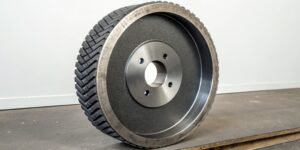
What's the application of CBN Wheels?
Struggling with grinding hard steels? Frequent wheel changes and poor finishes can hurt your bottom line. We have found that CBN wheels provide the durability
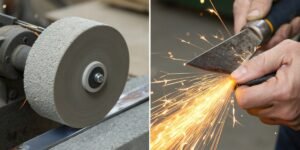
What is the difference between grinding and honing a blade?
A dull blade is a frustrating problem. It slows down production and ruins your workpiece. Using the wrong technique to fix it can cause permanent
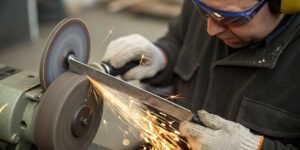
How to sharpen a knife on a bench grinder?
Is your dull knife slowing you down? A bench grinder seems like a quick fix, but you’re worried about ruining the blade. You need a
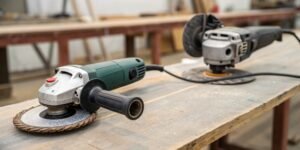
Can you use an angle grinder as a sander?
Your sanding project is tough, and your regular sander is not powerful enough. You look at your angle grinder. It has the power, but is
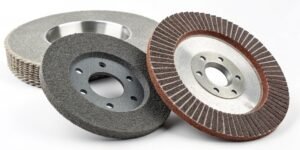
How to judge the quality of a grinding wheel?
Choosing the wrong wheel wastes money and ruins parts. Poor quality leads to downtime and rejection. A few key checks can guarantee you pick the

What is low stress grinding?
Struggling with parts failing due to hidden stress from grinding? This common issue causes cracks and reduces component life, costing you money. Low stress grinding
